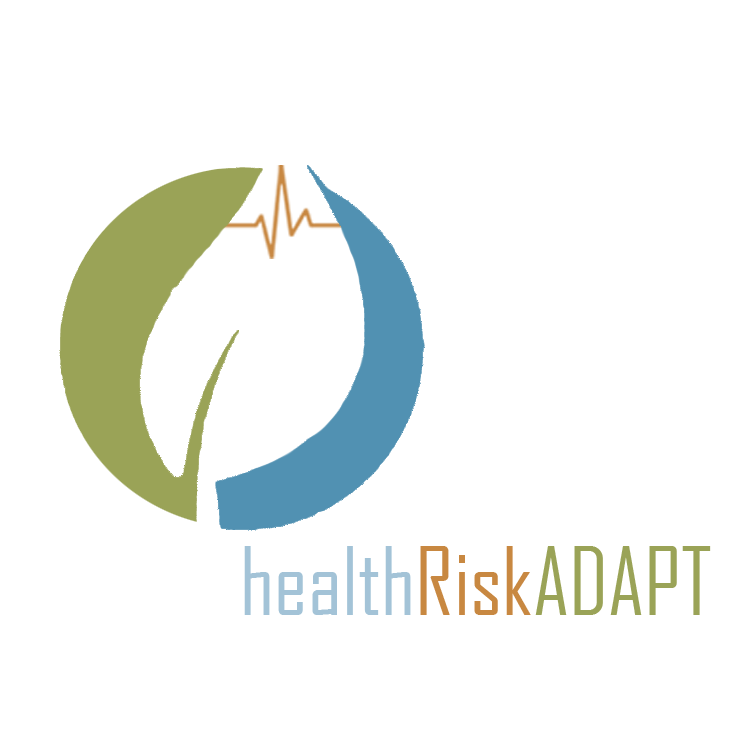
Transformative adaptation is gaining recognition as the appropriate response to climate change as the current adaptive measures reach their limits. In addressing health risks associated with heat waves, air pollution, wildfire emission and pollen, the implementation of comprehensive transformative adaptation remains largely unreported in Europe.
healthRiskADAPT’s objective is to develop and implement a health risk assessment system for Mediterranean, Alpine and Continental regions. Its contents and tools will be in line with Climate-ADAPT described Urban adaptation support tool. This will support empowerment of local and regional authorities to make informed decisions in strategic planning, management and daily operational mitigation of health challenges related to climate change.
healthRiskADAPT project will address the fundamental causes of vulnerability and implement concrete adaptation measures aiming to mitigate the health impacts of climate change. The key details of this approach include:
Co-creation with users of integrated transformative adaptation options encompassing technical, nature based, and social solutions, reducing the impact of climate-related risks on human health in both indoor and outdoor environments.
Vulnerability assessments, health indicators, and risk indices related to climate change impact on health, considering different temporal and spatial scales.
Interactive and user-friendly toolkit for local & regional authorities to assess hazards, vulnerability, and risks specific to their regions. These toolkits will facilitate the prioritization, planning, and evaluation of adaptation options.
healthRiskADAPT project is using various communication techniques to actively engage with all stakeholders involved in the adaptation process, and develop an upscaling strategy to meet the ambitions of the Climate mission. Furthermore, we seek to enhance the preparedness of the healthcare system to respond effectively to the challenges posed by the effects of climate change.
The work in healthRiskADAPT project is being done in eight complementary and interlinked WPs that focus on specifications of healthRiskADAPT framework (WP1), content development and testing solutions (WPs 2-5), demonstrations of the developed solutions (WP6), and Dissemination, Communication and Exploitation (DCE) (WP7) and project coordination (WP8).
The project activities are divided in three phases like in the following:
Setting up: we set up a visioning scenario to establish the roadmap and strategy and outreach of healthRiskADAPT framework by carrying out user scenarios, the collection of user requirements, system architecture, indicator intervention for each user scenario (WP1).
Building the contents of healthRiskADAPT framework: we further develop hazards information, health outcomes, testing and integrate the healthRiskADAPT user-driven toolkits and adaptation options in WP2, WP3, WP4, WP5.
Scaling up: (i) we perform full pilots by synchronizing the results of some demonstration steps in phase 2 and implement impact assessment and replication plan in WP6, and (ii) we develop dissemination strategy and a coherent exploitation plan in WP7. The work plan is set up such that in subsequent cycles more detailed information, the assessment of risks, and the evaluation of alternatives will be considered.
healthRiskADAPT’s general objective is to develop and deploy a health risk assessment framework (namely healthRiskADAPT framework) in diverse bio-geographical European regions (Mediterranean, Alpine and Continental regions), enhancing the ability (of local/regional authorities, health professionals) to support decision-making related to strategic planning, management, and the daily operational mitigation of climate change-related health challenges.
to establish a roadmap and strategies, enabling users to accelerate and mainstream the whole range of transformative health-tailored climate solutions to mitigate the effect of climate change on health and human wellbeing, enhancing resilience to climate change for diverse bio-geographical European regions.
to provide on-demand climatic hazard indicators that potentially impact on human health in different temporal and spatial scales for several places in Europe that will help users (regional/local authorities and communities) to evaluate and manage the physical health risks of climate change.
- to provide on-demand vulnerability assessment, health indicators and risk indices of climate change on health at different temporal and spatial scales that can be used to develop management actions in response to climate change.
to provide interactive user relevant toolkits in an interactive manner (interactive dashboard) for local & regional authorities to interface on assessing the hazards, vulnerability, risks at specific scales at their regions, and to prioritize, plan, evaluate adaptation options.
to provide customized & integrated solutions (technical, Nature based-, Social solutions) [PR5] as climate change adaptation options to reduce impact of the climate risks on human both indoor and outdoor environments in close interaction with all actors involved and stakeholders impacted in the adaptation process.
To verify the effectiveness of healthRiskADAPT’s risk assessment services and adaptation options, the full demonstrations of transformative solutions on 4 use cases (TRL at 7-8) will be implemented with User's direct involvement in climate adaptation at the individual and collective level (addressed in WP1 and WP7). The demonstrations are synchronized with the outcomes from i) WP2-Hazards and WP3-Health to assess health risks and vulnerabilities ii) WP4-Interactive dashboard with risk map & cost-benefit analysis to assess the health risk assessments and select adaptation options where adaptation options are customized and tested in WP5.
To exploit and disseminate the healthRiskADAPT’s products (services, tools and datasets) into a wide range of stakeholders by providing a coherent DCE (Dissemination, Communication, and Exploitation) strategy.
healthRiskADAPT project aims to enhance resilience against climate-related health risks like heat waves, air pollution, and pollen. It will empower local authorities to respond effectively and lessen climate change’s health impact. For citizens, this translates to improved health outcomes, including longer healthy lifespans and reduced hospitalizations, alongside economic benefits and increased productivity. healthRiskADAPT project will also provide accessible, cost-effective climate and risk assessment tools, enabling communities to implement efficient adaptation strategies.
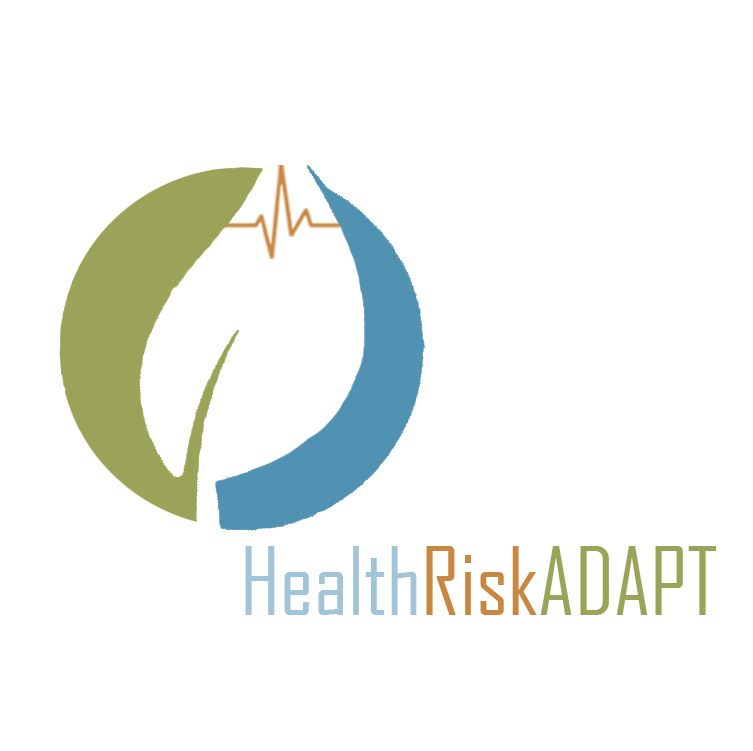
healthRiskADAPT project, for the first time in Europe, will cover a whole range of transformative solutions for local and regional authorities to detect, manage,
and control the risks against threats from integrated hazards of Heatwaves,
Air Pollution (including wildfire emissions) and Pollen on human health.

The healthRiskADAPT project will solve the current challenges to help regional and local authorities understand the importance of stepping up adaptation efforts, including resilience building, health risk prevention and preparedness. Building smart and systemic solutions based on a concrete framework enabling European regions and communities to act on climate change is expected to definitely help boost local adaptation efforts to become climate resilient by 2030.
The healthRiskADAPT project will deliver a user-driven health risk assessment framework with whole range of transformative solutions for regional and local authorities, health professionals, and other end users to protect against heat waves, air pollution (including wildfire emissions), and pollen instigated by climate change. This framework will contribute to Implementation Plan of Mission Adaptation to Climate Change with the main goal of the Mission: to mobilize at least 150 regions in testing the solutions most critical to building local climate resilience and to deliver at least 75 deep demonstrations of systemic transformations to climate resilience. The project aims to solve the weaknesses of existing methods and solutions to build resilience to health risks addressing the four following key challenges:
The healthRiskADAPT consortium comprises 25 organizations from 9 EU members and 3 associated countries that together form a complete group uniting the necessary expertise, skills, interdisciplinary knowledge and resources to constitute a representative value chain of actors capable of achieving the demanding project goals.

NILU, an independent, non-profit research institute in Norway, dedicates its efforts to understanding and addressing critical environmental challenges. Their research spans air pollution, climate change, and related atmospheric processes, aiming to provide scientific insights that inform policymakers, industry, and the public. By focusing on monitoring, modeling, and assessing air quality and climate-related changes, NILU plays a vital role in both national and international environmental science.

ENEA, an Italian government agency, is committed to driving sustainable economic development through research and technological innovation. Their work encompasses a broad spectrum, including renewable energy, energy efficiency, and climate change mitigation. By conducting research and providing technical assistance to businesses and public administrations, ENEA facilitates the transfer of technology from research to industry, contributing to numerous national and international projects.

The Norwegian Institute of Public Health (FHI) serves as Norway's national authority on public health. Their comprehensive approach involves research and expertise across diverse health issues, from monitoring infectious diseases to promoting healthy lifestyles. FHI provides scientific advice to the Norwegian government and health authorities, working diligently to prevent disease and enhance the well-being of the population through both national and international collaborations.

The London School of Economics and Political Science (LSE) is a world-renowned social science university located in the heart of London. LSE is dedicated to academic excellence in the social sciences, with a focus on research that addresses real-world problems. Their diverse community of students and faculty engages with a wide range of disciplines, including economics, politics, law, sociology, and anthropology. LSE's commitment to rigorous research and teaching fosters critical thinking and shapes global perspectives on key social and political issues.
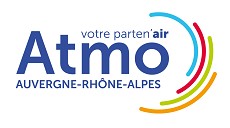
ATMO AuRA is a federation of air quality monitoring associations in the Auvergne-Rhône-Alpes region of France. Their mission is to monitor and assess air quality, providing reliable data and information to the public, authorities, and stakeholders. ATMO AuRA's network of monitoring stations and experts works to identify pollution sources, forecast air quality trends, and raise awareness about the impact of air pollution on health and the environment. They play a crucial role in supporting public policies aimed at improving air quality and protecting public health.
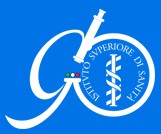
The Italian National Institute of Health (ISS) is the leading technical and scientific body of the Italian National Health Service. ISS promotes public health through research, surveillance, and training activities. Their work focuses on preventing and controlling diseases, promoting healthy lifestyles, and ensuring the safety of food, drugs, and medical devices. ISS provides scientific support to health authorities and policymakers, contributing to the development of evidence-based public health policies.

TNO is an independent research organization in the Netherlands that focuses on applied scientific research. Their mission is to connect people and knowledge to create innovations that boost the competitive strength of industry and the well-being of society. TNO's research spans a wide range of fields, including defense, security, energy, transport, and healthcare. They work with businesses, governments, and other organizations to develop and implement innovative solutions to complex challenges.
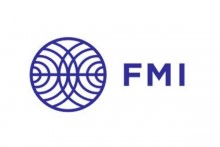
The Finnish Meteorological Institute (FMI) is a research and service agency responsible for providing weather, climate, and marine information in Finland. FMI's work includes monitoring and forecasting weather conditions, conducting research on climate change, and providing services to various sectors, including aviation, maritime transport, and agriculture. They play a crucial role in ensuring public safety and supporting decision-making in weather-sensitive sectors.

VFA Solutions is a Dutch company specializing in environmental monitoring and consultancy services. They offer a range of solutions for air quality monitoring, industrial emissions measurement, and environmental data management. VFA Solutions provides expertise and technology to help industries and governments comply with environmental regulations and improve their environmental performance.
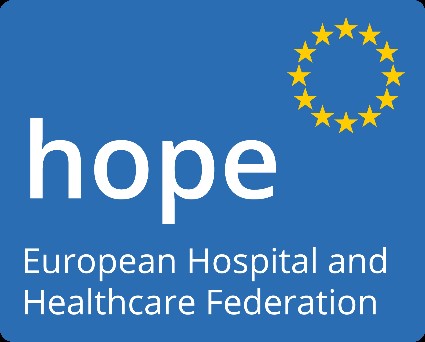
HOPE, the European Hospital and Healthcare Federation, represents national hospital and healthcare organizations across Europe. Their mission is to promote high standards of healthcare delivery and to advocate for the interests of hospitals and healthcare providers at the European level. HOPE facilitates the exchange of best practices, supports policy development, and promotes collaboration among its members to improve the quality, efficiency, and accessibility of healthcare services across Europe
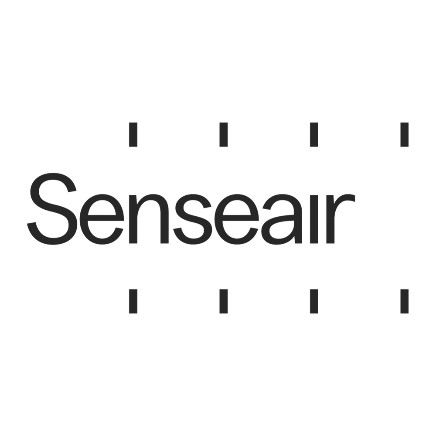
Senseair AB, a Swedish company, specializes in the development and manufacturing of gas sensing technology. They provide high-quality sensors for a wide range of applications, including indoor air quality monitoring, industrial process control, and automotive safety. Senseair's innovative sensor solutions enable accurate and reliable measurement of various gases, contributing to improved safety, energy efficiency, and environmental sustainability.

The National Research Council (CNR) of Italy is the largest public research organization in the country. CNR conducts multidisciplinary research across a wide range of fields, including science, technology, humanities, and social sciences. Their mission is to advance knowledge, promote innovation, and support the development of Italy's scientific and technological capabilities. CNR plays a crucial role in addressing societal challenges and contributing to the advancement of research at both national and international levels.

The International Network for Children's Health, Environment & Safety (INCHES) is a network dedicated to protecting children's health from environmental hazards. INCHES promotes research, knowledge sharing, and advocacy to address the impact of environmental factors on children's health. Their work focuses on raising awareness, developing policies, and implementing interventions to create healthier environments for children. INCHES facilitates collaboration among researchers,
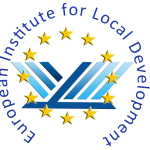
The European Institute for Local Development (NGO) operates with the goal of fostering local development and community empowerment. They offer a range of services and programs aimed at promoting sustainable development, social inclusion, and economic growth at a local level. EILD works with local authorities, organizations, and communities to develop and implement innovative co-funded projects from EC for more than 15 years.

Lucam Climate Solutions (lucam-air.nl) is a Dutch company specializing in the development and production of energy-efficient air handling units since 2009. Their systems are designed to create a comfortable indoor climate by addressing not only ventilation but also temperature and humidity control. Lucam's air handling units feature low-energy consumption fans and high-efficiency heat recovery systems, ensuring compliance with the latest energy-saving standards. Lucam offers various product lines, including HRW units with sorption heat exchangers and HCP units with counter-flow plate exchangers, catering to diverse applications in industries such as education, healthcare, offices, and data centers. Lucam also provides cloud-based services for remote monitoring and control of HVAC systems, enhancing operational efficiency and maintenance. Their commitment to sustainable climate solutions is further demonstrated through participation in projects like SchoolVent, aiming to improve indoor air quality in educational settings.

The Urban Climate Change Research Network (UCCRN) is a global network of researchers, practitioners, and policymakers dedicated to addressing the challenges of climate change in urban areas. UCCRN promotes interdisciplinary research, knowledge sharing, and collaboration to develop and implement climate change adaptation and mitigation strategies in cities. Their work focuses on building resilient urban environments and fostering sustainable urban development.

The Norwegian Environment Agency (NEA) is the government agency responsible for environmental protection in Norway. NEA's mission is to safeguard the environment and promote sustainable development. They work to reduce pollution, protect biodiversity, and manage natural resources. NEA provides scientific advice, develops regulations, and implements policies to address environmental challenges and ensure a healthy and sustainable environment for future generations.
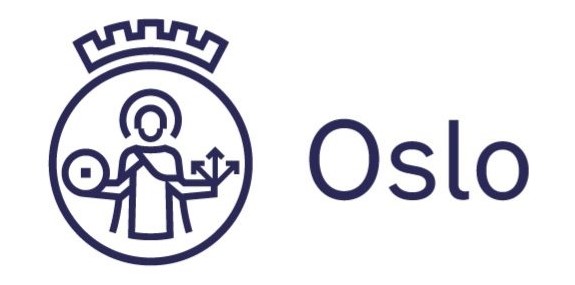
The Agency for Urban Environment in the city of Oslo is responsible for managing and developing the city's urban environment. Their work focuses on creating a sustainable and liveable city through initiatives related to transportation, parks, green spaces, waste management, and air quality. They aim to improve the quality of life for Oslo's residents by promoting environmentally friendly practices and fostering a healthy urban ecosystem.

The city of Naples, a historic and vibrant city in southern Italy, is a local authority responsible for providing a range of services to its residents. They address urban planning, infrastructure, social services, and cultural preservation. The city administration works to enhance the quality of life for its citizens while preserving its rich cultural heritage and addressing the challenges of a modern urban environment.
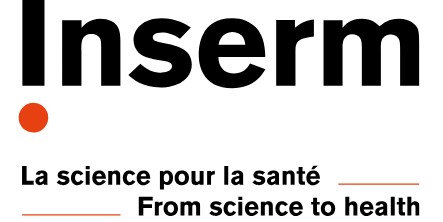
INSERM, the French National Institute of Health and Medical Research, is a public scientific and technological institute dedicated to human health. Their mission is to advance knowledge in biology and medicine to improve human health and well-being. INSERM conducts research across a wide range of disciplines, from fundamental biology to clinical research, and translates scientific discoveries into practical applications for prevention, diagnosis, and treatment of diseases.

The University of Bern, located in Switzerland, is a comprehensive university with a strong tradition of research and teaching. They offer a wide range of academic programs across various disciplines, including humanities, social sciences, natural sciences, and medicine. The university is committed to fostering interdisciplinary research and providing a stimulating learning environment for its students.

The Swiss Tropical and Public Health Institute (Swiss TPH) is a leading institution in the fields of global health, tropical medicine, and public health. Their mission is to improve the health of populations through research, education, and services. Swiss TPH conducts research on infectious and non-communicable diseases, environmental health, and health systems, and works to translate scientific knowledge into practical solutions for health challenges.

The University of California, Berkeley, is a world-renowned public research university. They are known for their academic excellence, groundbreaking research, and commitment to public service. Berkeley offers a wide range of academic programs and is home to numerous research centers and institutes. The University of California, Berkeley has a global impact through its research, education, and outreach activities.
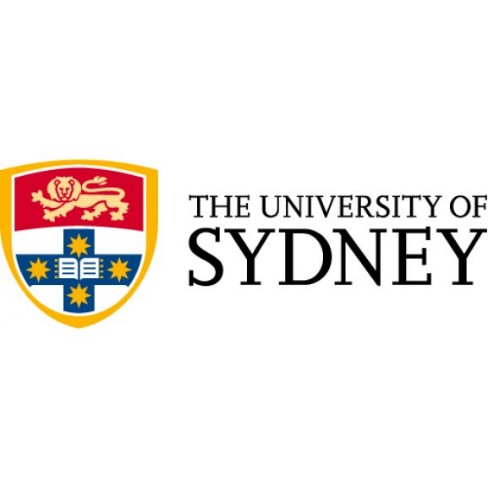
The University of Sydney is a leading research and teaching university in Australia. They offer a diverse range of academic programs and are committed to producing high-quality research that addresses global challenges. The university fosters a vibrant and inclusive learning environment, and they play a significant role in advancing knowledge and contributing to society.
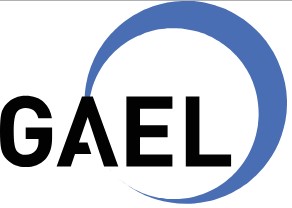
GAEL, the Grenoble Applied Economics Lab, is a research unit of the French National Centre for Scientific Research (CNRS) and the University of Grenoble Alpes. They conduct research in applied economics, focusing on topics such as environmental economics, public economics, and regional economics. GAEL aims to provide rigorous economic analysis and contribute to evidence-based policymaking.
Co-funded by the European Union. However, views and opinions expressed are those of the author(s) only and do not necessarily reflect those of the European Union or CINEA. This project has received funding from the European Union’s Horizon Europe research and innovation programme via Call HORIZON-MISS-2023-CLIMA-01-03 and under grant agreement No. 101157458.